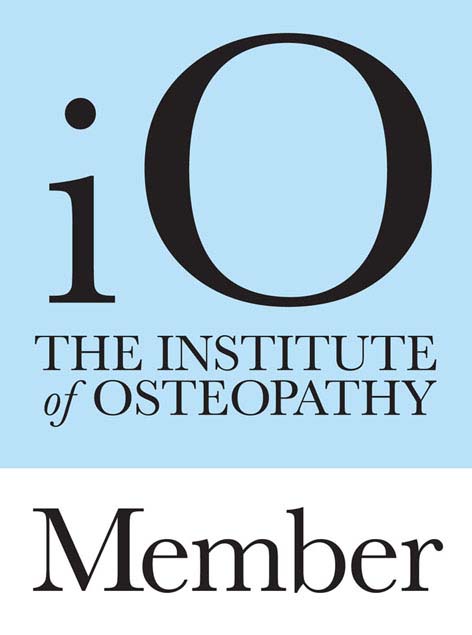HEATHERCROFT OSTEOPATHS
Heathercroft, 10 Pine View Close, Haslemere, GU27 1DU
01428643804 07734101697
1) Osteopaths don't just treat backs
They take a whole body approach to your health and treat a wide range of conditions. They use manual therapy, which includes massage, mobilisation,
stretching muscles and relieving tension in the body, to help create the conditions your body needs to heal. An osteopath may also be able to identify whether a pain in one part of your body is caused by
a problem somewhere else.
2) They are qualified to degree level, and above
To qualify as an osteopath they must study for at least 4 years, learning about anatomy, physiology, pharmacology, pathology, nutrition, psycology and medical imaging as well as osteopathic technique.
Osteopaths must, by law, continue their training after they graduate to keep up to date. Many osteopaths will achieve further qualification to specialise in treating
specific patient groups or conditions.
3) Its very gentle
Although some manipulation techniques may occasionally result in an audible click, most people find otheopathy gentle and painless. Because osteoapths take a full
medical history and complete a thorough examination before starting treatement, they can ensure they use the most appropriate and safe techniques for each patient.
4) They are regulated
Osteopaths are regulated by the General Osteopathic Council (GOsC), which works to ensure high standards of care and patient safety are maintained. In the UK
it is illegal for anyone to call themselves an osteopath if they are not registered with the GOsC.
5) It has an excellent safety record
Serious adverse effects as a result of osteopathy are very rare, between one and two patients in 100,000 will experience a major adverse event as a result
of osteopathic manipulation. Osteopaths take special care to check patients before treatment for existing conditions or symptoms that may indicate it might not be apprpriate to treat a patient.
6) You wont have to wait
If you are self-referring, you can usually get an appointment to see an osteopath within 48 hours. Early intervention can promote faster recovery and get you
back to health quickly.
7) Its approved by the NH
NICE guidelines recommend manual therapy, provided by an osteopath, for treatment of low back pain and there are an increasing number of osteopaths employed
by the NHS to provide musculoskeletal treatment for patients.
8) Osteopaths can work with your GP or other health professionals
Osteopathy can complement the treatment you receive from other health professionals, including your GP. With your permission, your osteopath can share their notes
about your condition and the treatment they have provided with other people to ensure that you get the best possible treatment. They are also able to interpret
test results, scans and x-rays that may inform their diagnosis and treatment of your condition.
9) They can refer you for further investigations or treatment
Ostoepaths can't treat every condition, but are educated in who might be better able to. They can refer you to a more approriate health professional and prepare a
report on your symptoms and the treatment they provided. If you prefer, you can ask for a copy of your notes to take back to your GP or show to someone else
who is treating you.
10) You do not need a referral from your GP
If you are paying for your own treatment, you can make an appointment with an osteopath without the need for a referral from your doctor. Osteopaths are primary healthcare
professionals, which means that, because of their knowledge and the way they take a comprehensive medical history when assessing your health, they can
provide treatment to most patients without the need for information from your doctor.
I am registered with











